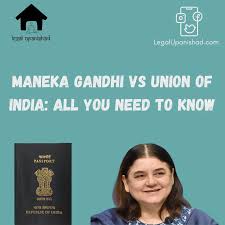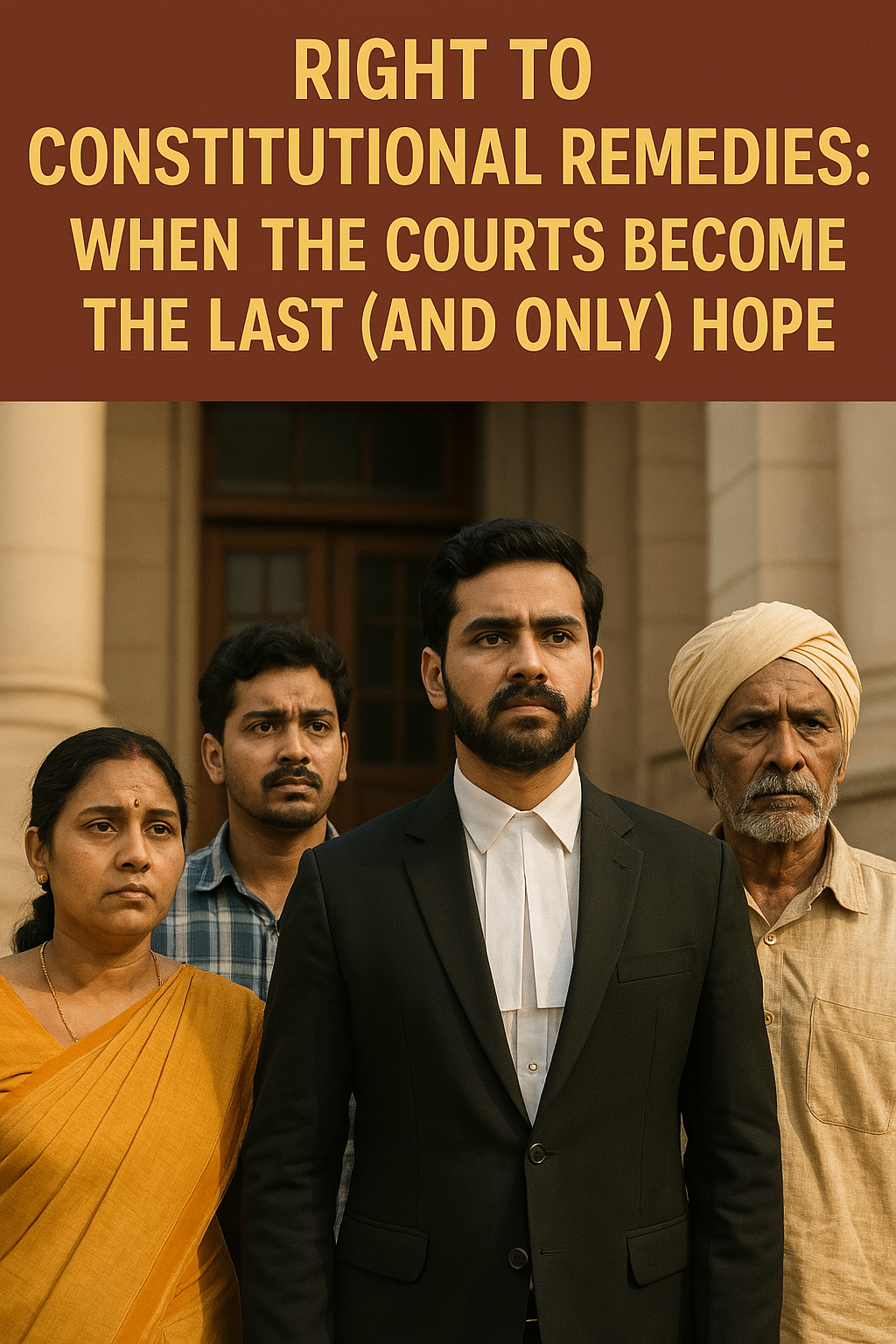Alabama Administrative Code Title 325 - ALABAMA STATE EMPLOYEE COMBINED CHARITABLE CAMPAIGN
Title 325 of the Alabama Administrative Code governs the Alabama State Employee Combined Charitable Campaign (ASECCC). This title outlines the rules and regulations for the annual, unified charitable fundraising effort among state employees in Alabama.
Purpose and Functions of the Alabama State Employee Combined Charitable Campaign (ASECCC)
The ASECCC was established by state law (originally Act No. 91-561, now codified in Alabama Code Title 36, Chapter 1A) with several key objectives:
Lessen the Burden of Government: To support charitable giving that helps meet the needs of human health, welfare, and human care services, thereby lessening the burden on state and local governments.
Single Convenient Channel: To provide a streamlined and convenient way for state employees to contribute to charitable organizations of their choice through payroll deductions.
Minimize Disruption and Cost: To minimize disruption in the workplace and reduce administrative costs to Alabama taxpayers by consolidating charitable fundraising efforts into one annual campaign.
Ensure Accountability: To establish a transparent system for planning, implementing, and overseeing the campaign, ensuring that funds are raised and distributed effectively and ethically.
Promote Local Impact: The campaign emphasizes local control to ensure that the raised funds meet the needs of communities where state employees live and work.
The ASECCC is the only authorized payroll deduction charitable fundraising effort for state employees in Alabama. This exclusivity is designed to prevent multiple solicitations and ensure an organized approach to workplace giving.
Key Entities Involved:
State Employee Steering Committee: A committee of seven state employees (chair appointed by the Governor) responsible for policy, oversight, and implementation of the campaign statewide.
Local Agency Review Committees (LARCs): Local committees of state employees responsible for overseeing the ASECCC in their specific geographic campaign communities, including vetting charities for local participation.
Campaign Managers: Charitable fundraising federations (like United Way) selected to manage the campaign in a given community, and often one acts as the State Campaign Manager.
Charitable Fund-Raising Federations and Agencies: Qualified 501(c)(3) health and human care organizations that meet specific criteria (e.g., substantial local presence, financial transparency) to participate in the campaign.
Structure of the Alabama Administrative Code for the ASECCC (Title 325)
Title 325 is organized into several chapters that detail the operational, eligibility, and financial aspects of the Combined Charitable Campaign.
Chapter 325-1 - AUTHORITY:
325-1-.01 Purpose and Objectives: Lays out the fundamental goals of the campaign.
325-1-.02 Authority for the Alabama State Employee Combined Charitable Campaign (ASECCC): Cites the relevant state statutes (e.g., Code of Alabama 1975, Section 36-1A-1, et seq.) that establish the campaign and the Board's authority to promulgate rules.
Chapter 325-2 - DEFINITIONS OF TERMS, ENTITIES AND POSITIONS FOR ASECCC:
325-2-.01 Definitions: Provides clear definitions for key terms used throughout the campaign, such as "State Employee," "ASECCC," "State Employee Steering Committee," "Campaign Community," "Local Agency Review Committee (LARC)," "Campaign Manager," "Campaign Coordinator," and "Charitable Fund-Raising Federation."
Chapter 325-3 - ADMINISTRATIVE AUTHORITY, ROLES AND RESPONSIBILITIES:
This chapter details the specific roles and responsibilities of the various entities involved in running the campaign, including:
The State Employee Steering Committee's duties regarding policy, oversight, and selection of the State Campaign Manager.
The Local Agency Review Committees' (LARCs) responsibilities for local oversight and charity vetting.
The Campaign Manager's role in managing the campaign locally and potentially statewide.
The role of state agencies and departments in facilitating employee participation.
Chapter 325-4 - ELIGIBILITY CRITERIA:
This is a critical chapter for charities wishing to participate. It outlines the stringent requirements that charitable federations and individual agencies must meet, including:
Being a 501(c)(3) tax-exempt organization from the IRS.
Providing or supporting direct health and human care services to individuals or families.
Demonstrating a "substantial local presence" (e.g., a physical facility staffed by professionals or volunteers, open a minimum number of hours, with services available to state employees in the local community).
Meeting financial accountability standards (e.g., external audit, detailed annual budget, adherence to accounting standards for voluntary health and welfare organizations).
Provisions related to nondiscrimination.
Rules for statewide federations and local federations/agencies.
Chapter 325-5 - FUNDS COLLECTION/DISBURSEMENT:
This chapter covers the financial aspects of the campaign, including:
How payroll deductions are managed.
Procedures for collecting funds from state employees.
Guidelines for the disbursement of funds to participating charitable organizations, including the distribution of undesignated contributions.
Reporting requirements for the collection and distribution of funds.
Where to Find the Rules:
The official and most up-to-date source for the Alabama Administrative Code, including Title 325 for the Alabama State Employee Combined Charitable Campaign, is the Alabama Legislative Services Agency's website, which publishes the Alabama Administrative Code.
You can also find them on legal information platforms like:
Additionally, the official website for the Alabama State Combined Campaign (statecombinedcampaign.org) is an excellent resource. It provides direct information for state employees, as well as details and application forms for charities interested in participating, reflecting the practical application of these administrative rules.


















0 comments